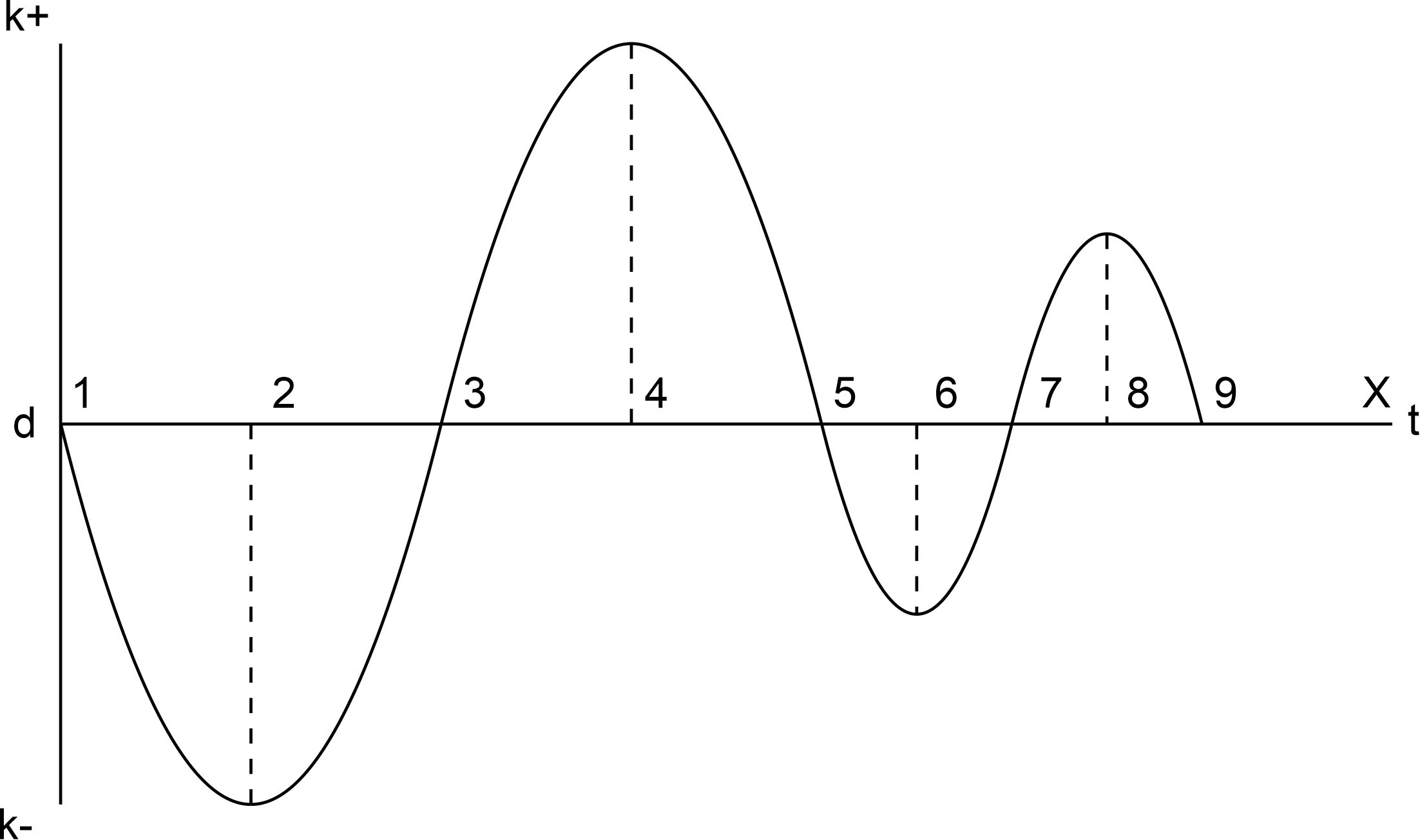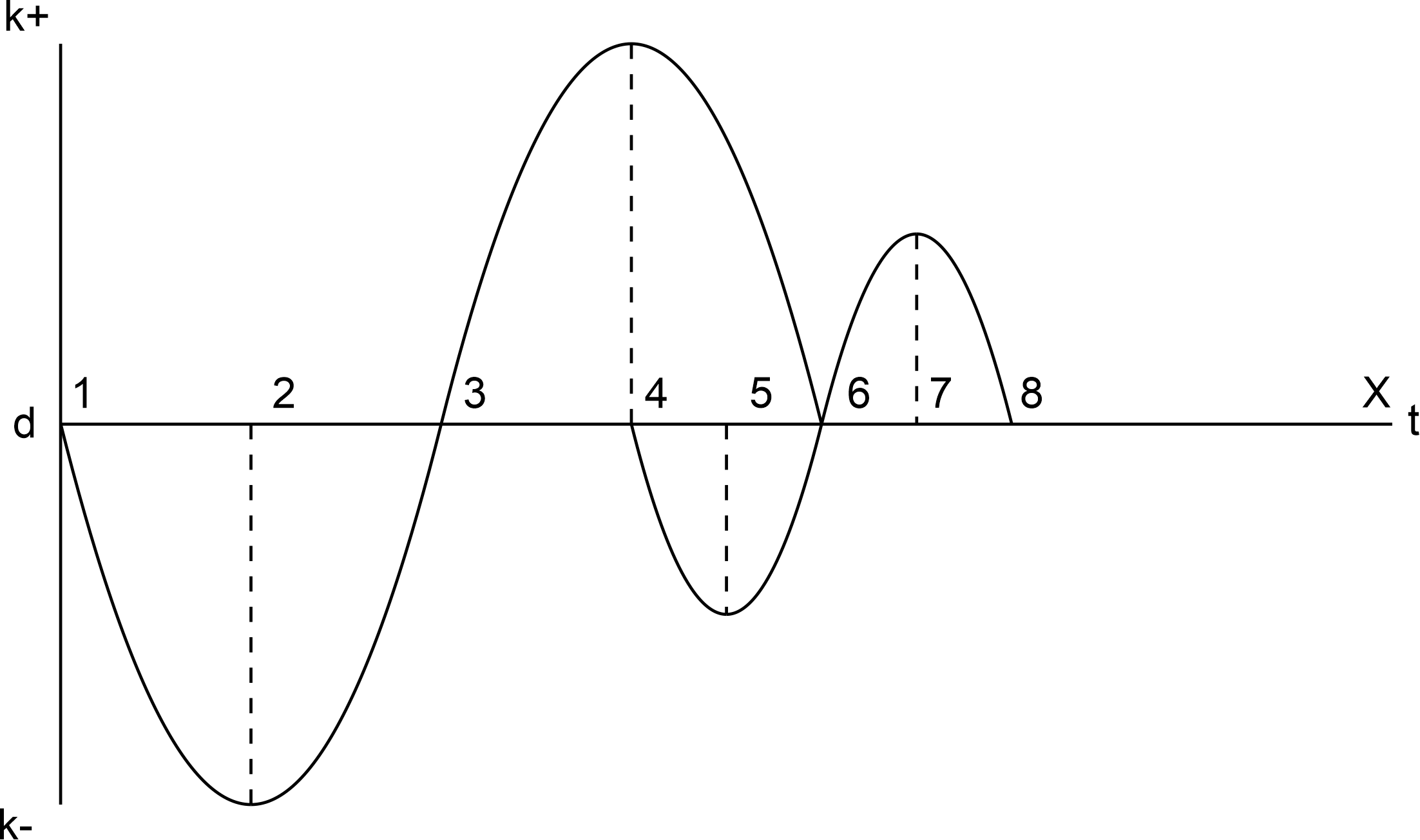- Title: Contemplations, The Karmic Spiral.
- Author: Arvindus.
- Publisher: Arvindus.
- Copyright: Arvindus, 2016, all rights reserved.
- Index: 201609122.
- Edition: html, first edition.
- Original: Contemplaties, De karmische spiraal, Index: 201609121.
§
In earlier contemplations have relations been laid between accidence and the personality, choice and the soul and fate and the monad.1 Also was choice equalled to karma and fate to dharma.2 For accidence no eastern concept with comparable importance was found. In relation to karma and choice it was shown that these consist of a subjective cause, an objective cause, an objective effect and a subjective effect.3 This while in contemporary general conceptions choice is often seen only as subjective cause and karma only as objective effect. That in its contemporary generality choice is considered as subjective cause and karma as objective effect means that in that contemporary generality choice is not seen as identical with karma and that with that both can be considered independently from each other. When then choice is considered independent as subjective cause this mostly results in the considering of the objective cause as objective effect. This is morally problematic. For when someone with such conceptions chooses for instance to rob a person then shall he see the obtaining of the loot as the direct objective effect of his choice. This while this obtaining of the loot regards in reality only the objective cause of what shall later work out in true objective and subjective effects. With the considering of choice as only consistent of a subjective cause and karma as only consisting of an objective effect are these concepts thus detached from each other whereby also the possibility rises to deny one or the other. This we see especially with materialists and empiricists who reject metaphysical back-lash (and with that their contemporary general conception of karma). Here however we want to emphasize again that what is being perceived as direct objective effect of a subjective choice in reality regards only an objective cause. The true objective effect does usually not directly occur. This interval between cause and effect in choice is usually even that large that causes of the one incarnation only become effective in the other incarnation.
This thought is contained in the Hindu conceptions of karma. There is distinct between samchit, prārabdha and āgāmi karma.4 Samchit karma regards all the karma that still has to be worked out, prārabdha is the karma that is busy with being worked out, and āgāmi karma is the karma that in the future still shall be made. This concept of samchit karma shows that man usually still has of karma this and that on the shelf. This is also acknowledged by the philosophy of Alice Bailey. The road of man that begins with individualisation and ends at entrance in the spiritual realm,5, 6 or the road from karma to dharma, is long. And it is to be presumed that on that long road much karma has been caused and that not all the caused karma shall be directly effectuated. It is especially in the long phase before the spiritual path is trodden that karma is being made, and in the phase on the spiritual path that karma is being worked out.7 Let us visualise this in a figure (that possibly is reminiscent to figure 3 from 'The Spiral of Realization').8

Figure 1.
In figure 1 we see a spiral on a horizontal and vertical axis. The horizontal axis indicates time 't'. The vertical axis indicates the karma 'k'. Good / pleasant karma is indicated with 'k+' and bad / unpleasant karma with 'k-'. The point zero of karma, which equals dharma, is indicated with 'd'. We see that between the points 1 and 2 maximal negative karma is caused or made. Between the points 2 and 3 is this maximal negative karma effectuated or worked out. Between 3 and 4 a maximal positive karma is made and between 4 and 5 worked out. Between 5 and 6 is a modal negative karma made and between 6 and 7 worked out. Between 7 and 8 is a modal positive karma made and between 8 and 9 worked out. Between the points 9 and X eventually no karma is made or worked out but is dharma the case.
Here it must be emphasized that figure 1 is here used as symbol and not as statistic. Hereby symbolises point 1 the moment of individualisation and entrance into the human realm. The period between 1 and 5 symbolises man before he has tread the spiritual path. This regards the longest period. In that period are karma and the distance to dharma (the amplitude) maximal. The period in which man walks the spiritual path, symbolised by the period between 5 and 9, is substantially shorter. During that period is the making and working out of karma modal and is dharma neared. Point 9 symbolises the transition of the human to the spiritual realm. There, as master of wisdom, is no new karma made or worked out but is continued dharma the case.
Further does figure 1 well depict that good / pleasant karma is preceded by bad / unpleasant karma, and that after good / pleasant karma follows dharma. This is in line with the development that man follows throughout the guṇas to nirguṇa.9 Hereby corresponds bad / unpleasant karma with tamas and rajas, good / pleasant karma with sattva, and dharma with nirguṇa. Man tends first from ignorance to cause bad karma. When this karma then is effectuated pain is experienced and man learns to avoid the causing of bad karma. What follows then is the causing of good karma. This may deliver pleasant experiences, however the fleetingness of these makes man see through the relativity of good karma. Man then treads the spiritual path to avoid karma and to realise dharma.
Now it can be remarked that figure 1 does not well show that during the period before the spiritual path is trodden especially karma is made and that during the spiritual path this especially is worked out. That remark is on itself fair, for this cannot be read well in figure 1. Regarding that is figure 2 more accurate.

Figure 2.
Figure 2 shows how man at point 4 already has trodden the spiritual path while between 4 and 6 he still has to work out karma which he has caused between 3 and 4, before he trod the spiritual path.10 What further can be remarked, and this was already to be seen in figure 1, is that the amplitude of karma on the spiritual path may decrease but that the frequency increases. This means that although less karma is made the karma is worked out more quick. As a result there shall on the spiritual path less life cycles occur whereby absolutely no karma is worked out. Before the spiritual path was trodden was the frequency low and could whole lives be lived whereby only karma was made. This shall thus occur less on the spiritual path. Suppose for instance that the length between the points 1 and 2 on line t depict one incarnation. Then we see how someone before he treads the spiritual path can devote a whole incarnation to the making of choice, or to the freely causing of karma, but that someone on the spiritual path shall in every incarnation work out at least some amount of karma, and sometimes, as in case of the incarnation that line t between 4 and 6 covers, a lot. Closing off it must be considered that karmic lines in reality run not as straight as they are symbolised in the figures, by which drawing a perfect overview is impossible. As such seems figure 2 to show that during the spiritual path only positive (thus pleasant) karma is worked out, however this is certainly not the case. The figures then are only drawn to support the forming of understanding of some general principles in relation to choice and karma.
May that last with the drawing of this karmic spiral be realised.
Notes
- 'Contemplations, Destiny, Choice and Accidence Contextualized in the Ageless Wisdom', Index: 201309091.
- 'Contemplations, Karma and Dharma and Choice and Fate', Index: 201608291.
- 'Contemplations, Choice and Karma', Index: 201607111.
- Sri Swami Sivananda, All About Hinduism, The Divine Life Society, Shivanandanagar, 1999, p. 47.
- Alice A. Bailey, Initiation, Human and Solar, in: Twenty-Four Books of Esoteric Philosophy, (CD-ROM, Release 3), Lucis Trust, London / New York, 2001, p. 176. "In dealing with this question of the diversities of initiations it may be of value to the student to remember that the great moment in which a man passed out of the animal kingdom into the human, which is called in many occult textbooks the "moment of individualisation, " was in itself one of the greatest of all initiations. Individualisation is the conscious apprehension by the self of its relation to all that constitutes the not-self, and in this great initiatory process, as in all the later ones, the awakening of consciousness is preceded by a period of gradual development; the awakening is instantaneous at the moment of self-realisation for the first time, and is always succeeded by another period of gradual evolution. This period of gradual evolution, in its turn leads up to a later crisis which is called Initiation. In the one case, we have initiation into self-conscious existence, in the other, initiation into spiritual existence."
- 'Ageless Wisdom, Classifications of Humanity', Index: 201404081.
- Alice A. Bailey, A Treatise on Cosmic Fire, in: Twenty-Four Books of Esoteric Philosophy, (CD-ROM, Release 3), Lucis Trust, London / New York, 2001, p. 304-305. "As man progresses and as he enters upon the Probationary Path and the subsequent Path of Initiation, he succeeds in bringing about some further noticeable developments. […]. 3. He ceases to make karma in the three worlds, but begins to work it off, or, literally, to "wind up his affairs.""
- 'Contemplations, The Spiral of Realization', Index: 201109261.
- Sri Ramakrishna in: Mahendranath Gupta, Swami Nikhilananda (translator), The Gospel of Sri Ramakrishna, Volume I, Sri Ramakrishna Math, Chennai, p. 267. "But Brahman is beyond the three gunas. It is beyond Prakriti. "None of the three gunas can reach Truth; they are like robbers, who cannot come to a public place for fear of being arrested. Sattva, rajas, and tamas are like so many robbers."
-
The Gospel of Sri Ramakrishna, Volume I, p. 477. "A DEVOTEE: "Does the body remain even after the realization of God?"
MASTER: "The body survives with some so that they may work out their prarabdha karma or work for the welfare of others."
Bibliography
- 'Ageless Wisdom, Classifications of Humanity', Index: 201404081.
- 'Contemplations, Choice and Karma', Index: 201607111.
- 'Contemplations, Destiny, Choice and Accidence Contextualized in the Ageless Wisdom', Index: 201309091.
- 'Contemplations, Karma and Dharma and Choice and Fate', Index: 201608291.
- 'Contemplations, The Spiral of Realization', Index: 201109261.
- Alice A. Bailey, A Treatise on Cosmic Fire, in: Twenty-Four Books of Esoteric Philosophy, (CD-ROM, Release 3), Lucis Trust, London / New York, 2001.
- Alice A. Bailey, Initiation, Human and Solar, in: Twenty-Four Books of Esoteric Philosophy, (CD-ROM, Release 3), Lucis Trust, London / New York, 2001.
- Mahendranath Gupta, Swami Nikhilananda (translator), The Gospel of Sri Ramakrishna, Volume I, Sri Ramakrishna Math, Chennai.
- Sri Swami Sivananda, All About Hinduism, The Divine Life Society, Shivanandanagar, 1999.